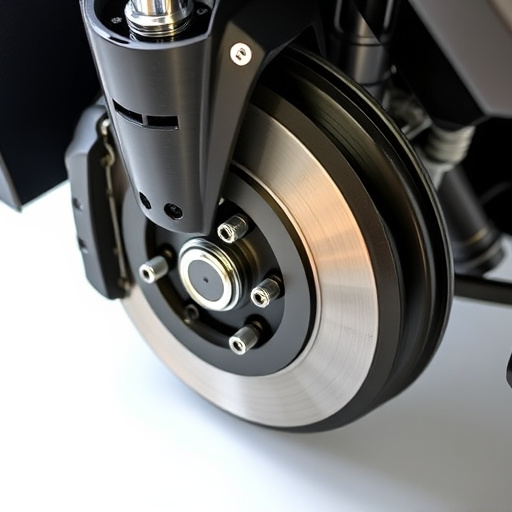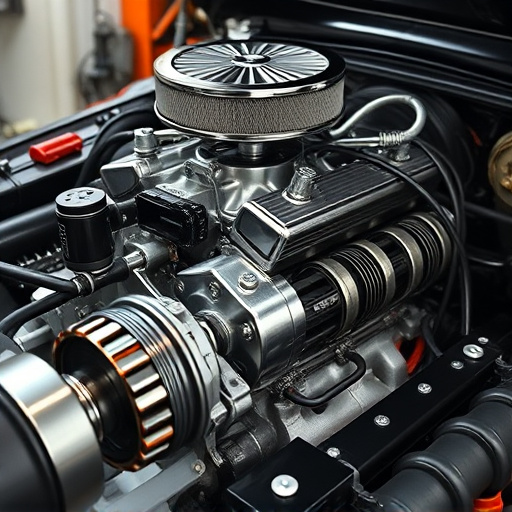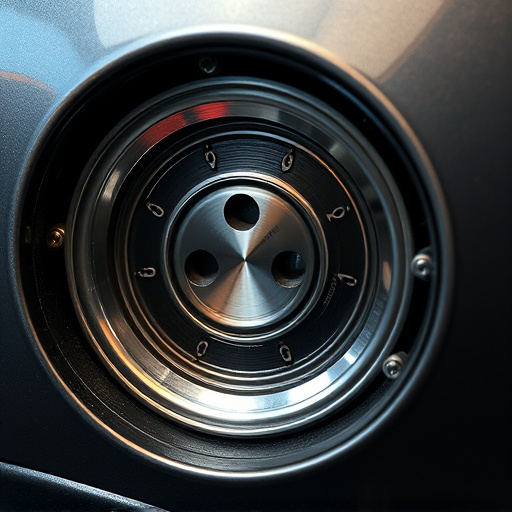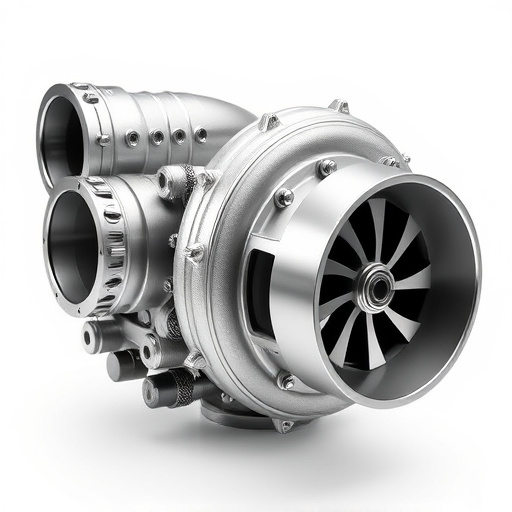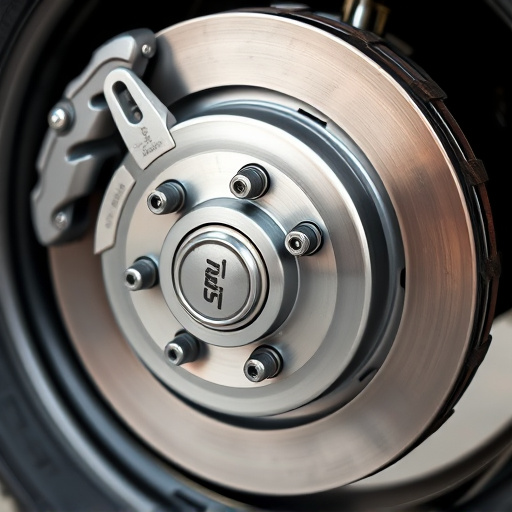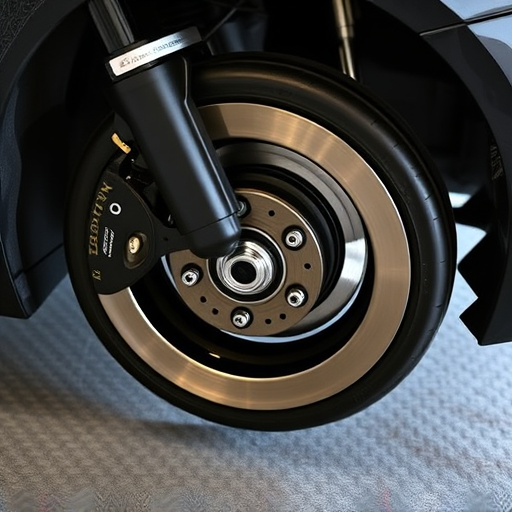A boost controller optimizes turbocharged/supercharged engines by managing compressed air intake, enhancing power output while ensuring vehicle stability and safety through precise airflow adjustments based on sensor data. Setting boost limits requires consideration of vehicle specifics, driving conditions, and individual preferences for optimal performance and component protection. Safety testing and adjustments are vital before track or road use, starting with stock performance evaluation and regular retesting for precise tuning.
“Unleash your vehicle’s power safely with a boost controller—the key to controlling turbocharged engines. This guide navigates you through the process of setting optimal boost limits, ensuring both performance and safety. From understanding the basics of boost controllers to factoring in critical elements like engine health and ambient temperature, this article equips you with the knowledge to test and adjust settings for a secure, enhanced driving experience. Master the art of boosting with our step-by-step insights on boost controller management.”
- Understanding Boost Controller Basics
- Factors to Consider When Setting Limits
- Testing and Adjusting for Safety
Understanding Boost Controller Basics
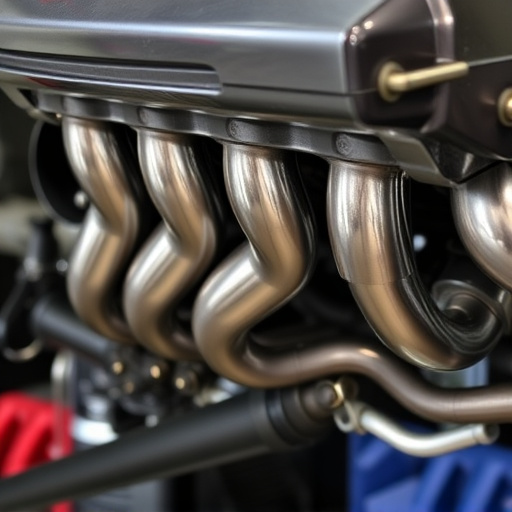
A boost controller is a crucial component for vehicles equipped with turbocharged or supercharged engines. It acts as the brain behind managing and controlling the amount of compressed air entering the engine, thereby regulating boost pressure. Understanding how it works is essential when setting safe boost limits to ensure optimal performance and longevity of your vehicle’s power train.
Boost controllers monitor various sensors that measure parameters like intake air temperature, manifold absolute pressure (MAP), and engine speed. Based on these inputs, they adjust the valve that controls airflow through the turbocharger or supercharger. By managing air intake systems efficiently, boost controllers ensure that the engine receives the right amount of compressed air, enhancing power output while maintaining stability and safety across different driving conditions and speeds. Incorporating high-quality air filter kits, particularly performance air filters, can complement these efforts by ensuring clean, unrestricted airflow, which is critical for consistent and safe boost levels.
Factors to Consider When Setting Limits
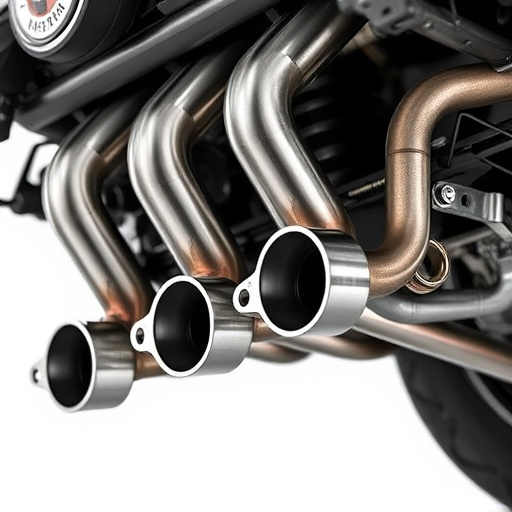
When setting boost limits with a boost controller, several factors should guide your decisions to ensure safety and optimal performance. Firstly, consider the vehicle’s make and model, as different cars have varying engine specifications and capabilities. Understanding the car’s limitations and maximum safe boost levels is crucial for preventing damage to critical components such as the engine, turbocharger, and exhaust system – including exhaust mufflers.
Additionally, take into account the type of driving conditions you’ll be navigating. Different environments demand different boost settings. For instance, high-performance tracks may require higher boosts for quicker acceleration, while everyday driving or rough terrain might necessitate lower limits to maintain control and prevent overheating issues. Also, think about your driving style and whether you’re more aggressive or conservative. Aggressive drivers pushing the limits might need tighter controls than those who take a gentler approach, focusing on fuel efficiency and longevity of components like air intake systems and brake pads.
Testing and Adjusting for Safety

When using a boost controller, testing and adjusting safety parameters is paramount. Before hitting the track or roads, perform baseline tests with your vehicle’s stock performance to establish a reference point. This involves checking critical components like the air filter kits, performance brakes, and exhaust systems to ensure they can handle the increased power without compromising safety.
Once you’ve identified these points, start adjusting your boost controller settings gradually while monitoring how the vehicle responds. Keep an eye on tire wear, brake performance, and any unusual noises during acceleration. Regularly revisiting these tests allows for precise tuning, ensuring that your boost levels remain within safe limits for both performance and reliability.
A boost controller is a powerful tool for optimizing engine performance, but safety should never be compromised. By understanding the fundamentals of these devices, considering key factors like boost levels, vehicle dynamics, and driver skill, and rigorously testing and adjusting settings, you can confidently set safe boost limits tailored to your specific needs. Embrace these practices to harness the potential of a boost controller while prioritizing safety on every drive.




